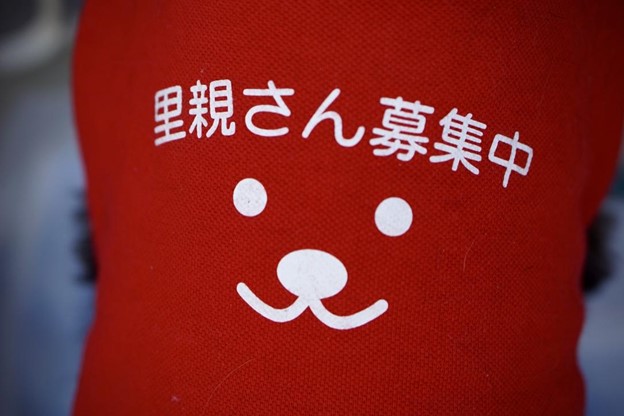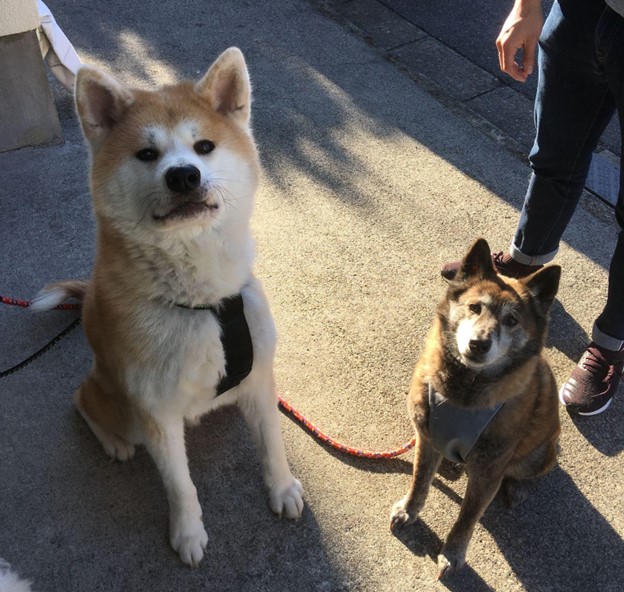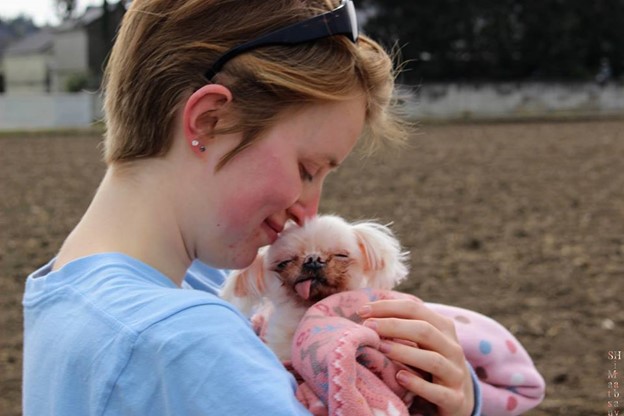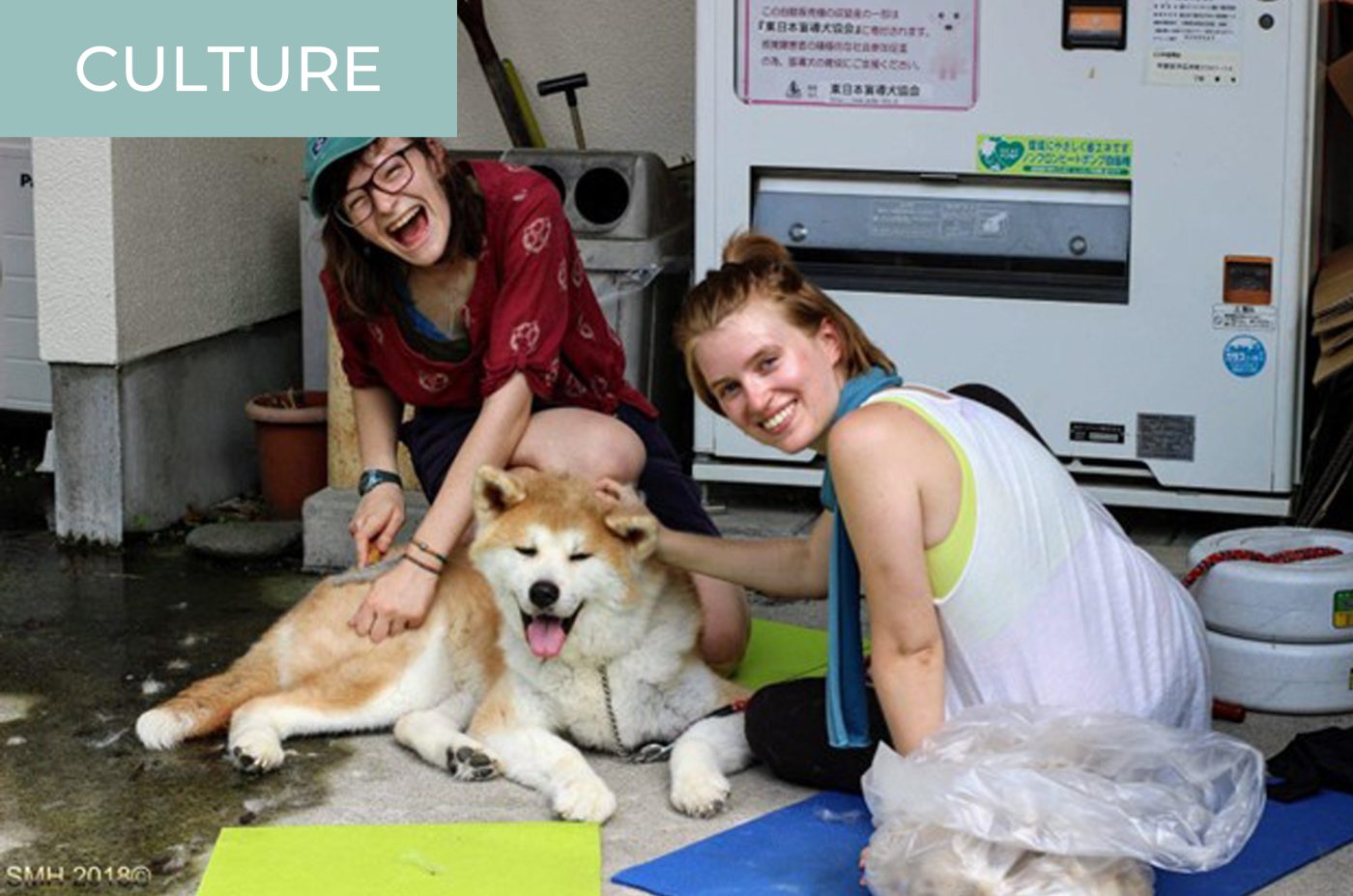Are you interested in volunteering for animals in Japan? Volunteering at animal shelters is one of the most heartbreaking yet rewarding activities I have taken part in. I am a massive dog lover, and I first volunteered at an animal shelter when I was about 10 years old. During my last year in college, I walked dogs at the local animal shelter every week and helped at a grassroots shelter in Japan. When I lived in rural Tanzania for a year, I quickly became friends with two stray dogs near where I worked and one “community cat.”
In the US, you can find animal shelters, public and private, just about anywhere. Volunteer opportunities are often well-advertised. Many of these animal protection services go viral on social media, and major NGOs like the SPCA are well-known. States are increasingly cracking down on puppy mills. Among many social circles, “buying” a pet from a shop is looked down upon as adoption becomes more and more the norm. In conjunction, vegetarianism is on the rise.
Of course, the US is not perfect. Many animal shelters are poorly run and/or underfunded. Puppy mills still operate, and animal welfare protections can vary wildly state by state. Animal abuse is by no means rare. There is significant debate about kill shelters versus no-kill shelters.
Now, how does Japan compare?
Limits to Popular Awareness of Animal Welfare in Japan

As soon as I moved to Japan for work in 2015, I looked up what animal shelters were near me. This, unfortunately, was not so straightforward as making a simple internet search and submitting an application to volunteer. Here’s why.
Social consciousness about animal welfare is quite low in Japan compared to the US. Animal shelters do exist in some locales, but are not ubiquitous. Many Japanese people don’t know what an animal shelter (動物保護施設 dobutsu hogo shisetsu or 動物保護センター dobutsu hogo sentaa) even is. Puppy mills (繁殖所 hanshokujo or パピーミル papii miru) are also a rampant problem in Japan, but these are even less-widely known and rarely reported on. As a result, in Japan most dogs and cats are bought from a for-profit business, rather than adopted or rescued.
What Japanese people will more likely recognize are the 保健所 (hokensho, or animal control offices), which are not humane societies. These are government-run pounds that cull animals from the streets or temporarily hold abandoned pets. If nobody comes to take the animal, after a week or two, the office euthanizes them, often by gassing. These offices kill tens of thousands of dogs and cats every year.
Thankfully, there have been more campaigns and initiatives in the past two decades, especially among the younger generations. Japan is improving, but the situation is still very far from ideal.
My First Experience Volunteering in Japan

Luckily, I did manage to find something of an animal shelter, called Happy Tails, in my city of Utsunomiya, Tochigi. However, it was a very different structure and reality from the city-run animal shelter I volunteered at in the United States.
In fact, Happy Tails is almost a one-person initiative. The caretaker runs the entire organization out of her own home.
I went for the first time alone to help walk dogs. I stayed outside, and they were brought out one after another. The bigger dogs came first, then the medium-sized ones. Then came the smaller ones. And still smaller ones. Every time I returned to switch dogs, I was met with rounds of howling and barking coming from within the walls. Before I left for home, I was invited inside to see the whole operation.
Getting a Deeper Look at the Grassroots Animal Shelter

As it turned out, I hadn’t even scratched the surface of the number of dogs to be walked. At any time, there were roughly 50 in her care. Her entire house is dedicated to the rescued animals–her entryway was bursting with sanitation supplies and pet food; each of her rooms was sectioned off into pens holding at least 10-15 dogs. Her kitchen was dominated by tiny, white balls of fluffy life, while what I expect was originally a living room dedicated to the handful of larger dogs and a smaller pen of miniature, special-needs dogs. She had one room filled with about 20 cats and one sweet shiba inu, Hana, who did not prefer the company of her own species.
“I only have one other regular volunteer, who comes to help several days a week. Otherwise, it’s mostly me taking care of all of them,” the caretaker explained. When asked how frequently the pets in her care find their forever homes, she told me, “It really depends. In a good month, we will have one or two. Sometimes we have a dry spell of about six months with no one.” It would be easy to assume that she would readily give away dogs to anyone who asks, but she stands her ground, carefully screening any potential adopters. “It’s not rare that I turn away families looking to adopt because they don’t seem fit for one reason or another.”
Not all the dogs were necessarily up for adoption either. Hachi, the incredibly gentle, affectionate Akita-ken who loves to steal slippers, is among them. “I can’t give him up for adoption,” she told me. “He has a brain disorder, so he sometimes has seizures. I’m afraid that even if he does find a good family, he’ll be relegated to living outside.”
“Most of the larger dogs were abandoned,” she continued. “The vast majority [most of the small dogs] are from puppy mills.”
How Can You Help?

Of course, not all animal shelters are grassroots initiatives like Happy Tails, but many do need your help. Every prefecture will have at least one animal shelter, and community or volunteer centers can also be valuable guides.
“Help walk dogs, or if you know someone who wants a pet, direct them to shelters,” Happy Tails said in a previous interview. “Help out at adoption fairs. Donate money or supplies. Conversely, think about what special skills you possess and what you can do to help. Are you good at making posters? Taking pictures? … Even people with animal allergies can help; for example, they can cut old towels someone’s donated (you wouldn’t believe how much this helps me) all without ever coming into direct contact with the animals.”
If you do choose to take in a pet in Japan, make sure to do so responsibly. Ensure that your apartment allows pets and that you know who will take care of it when you go on vacation or visit friends and family elsewhere. If there is a strong likelihood that you will leave Japan in the near future, understand the processes of emigrating with your pet.
As for Happy Tails, I mobilized the international community. During my time on JET in Tochigi, I organized monthly volunteer days, and word spread beyond the JET community. Many foreign residents in my area missed their pets at home and jumped at an opportunity to help out. I helped increase Happy Tails’ online presence with social media and used my Japanese skills to translate her blog posts.
There is always something you can do. And a happy tail will thank you.
Top photo credit: Scott Hirabayashi




